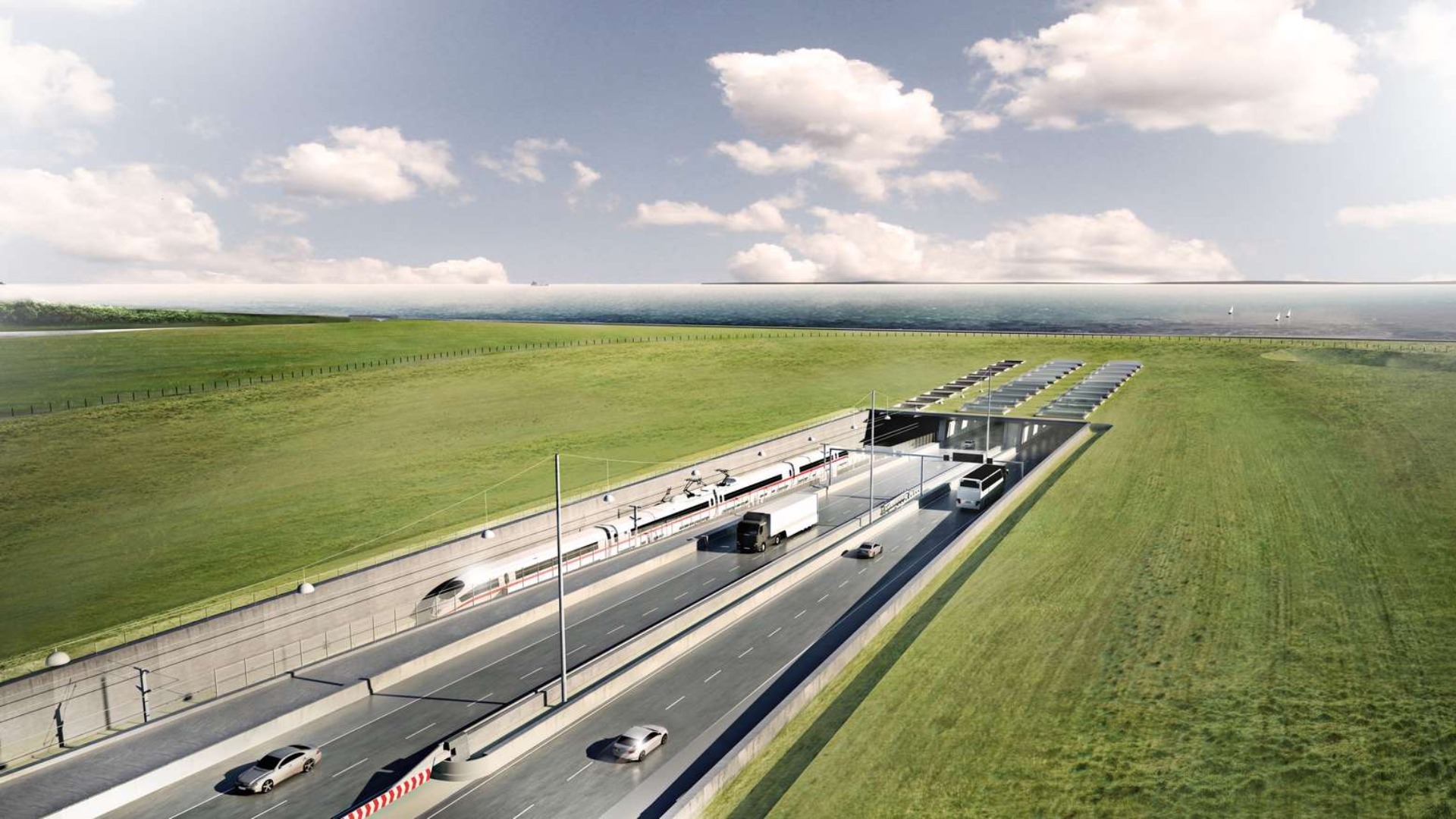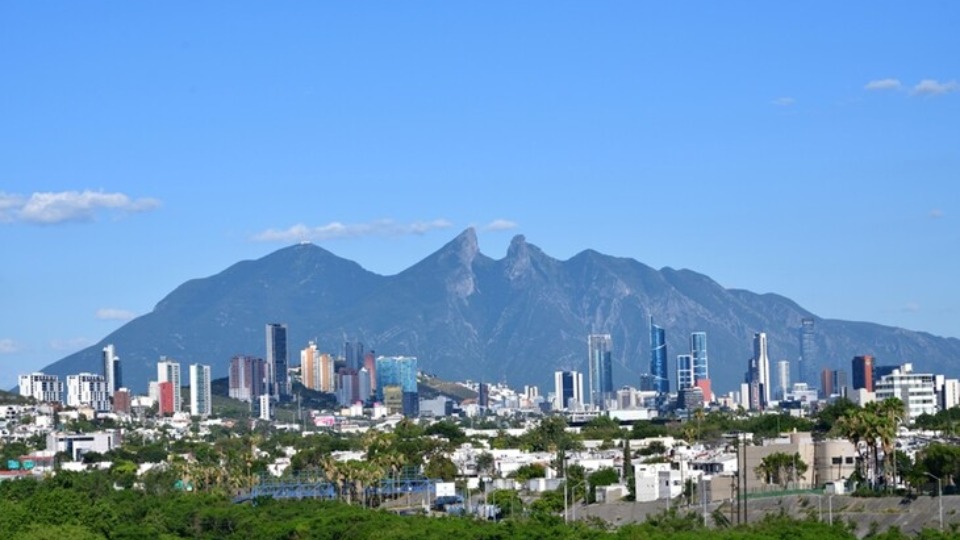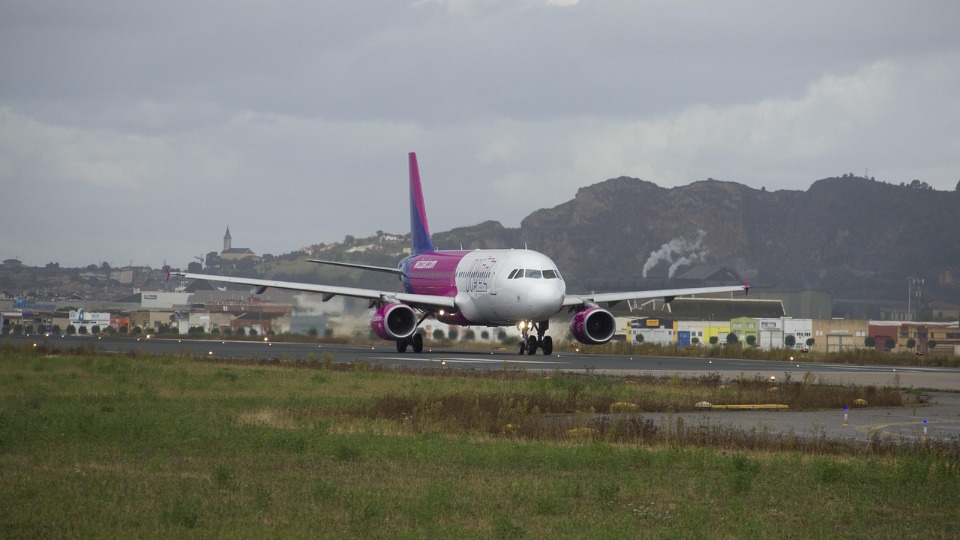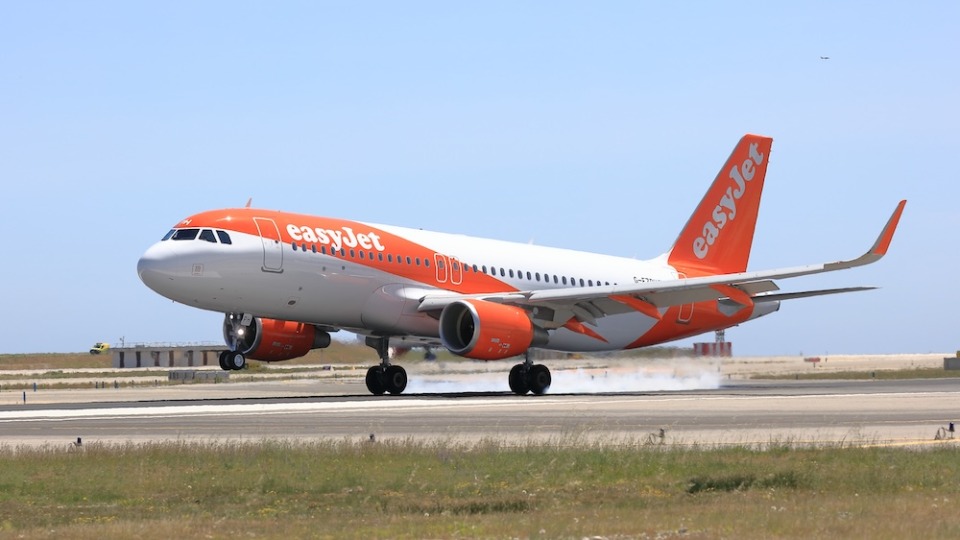
Germany&Denmark To Share The World's Longest Submerged Rail And Road Connection

The two countries will be connected by a new underwater tunnel of 18 kilometres.
When finished in 2029, the Fehmarnbelt Tunnel will be the longest tunnel in the world that serves both train and road traffic. Connecting the Danish port of Rdbyhavn on the island of Lolland to the northern German city of Puttgarden, this €10 billion construction will span the region of the Baltic Sea named the Fehmarn Belt.
How much time will be saved by using the tunnel to go from Germany to Denmark?
The tunnel, formally known as the Fehmarnbelt Fixed Link, will have two double-lane highways and two electric rail lines. By going through it, you may save yourself 160 kilometres of extra driving time over the Danish mainland and be there in only seven minutes on the rail or 10 minutes in the vehicle. Travel time between Hamburg, Germany, and Copenhagen, Denmark, by train will be reduced from almost five hours to less than three. The road connection would reduce travel times by over an hour compared to the current ferry service, which serves millions of people annually.
High-speed electric rail connections to and from the tunnel are also part of Denmark's plans. Train travel will also extend beyond Denmark's borders to the Scandinavian countries of Sweden, Norway, and Finland.
Just how will the Fehmarnbelt Tunnel be constructed?
It's not a novel concept to propose tunnelling through the North Sea to join Germany and Denmark. After 10 years of preparation, building on the Danish side started in 2020, followed by the German side in 2021. A total of €10 billion will be needed to build the tunnel, with €1.1 billion coming from the European Union.
It will consist of 89 enormous concrete pieces and be assembled 40 metres underneath the Baltic Sea. They will be constructed on dry ground and then hoisted into the sea using a crane. The Danish state-owned corporation Femern A/S in charge of the project anticipates being able to submerge the first of these segments by 2024.
Railway lines, ventilation systems, and surveillance cameras will all be placed when the concrete slabs have been erected and put together.
The tunnel will improve capacity and alleviate congestion on the rail and road networks in Denmark, according to Fermern A/S. In addition, the business claims that it will result in "substantial" reductions in the use of time, energy, fuel, and carbon dioxide.
The Fehmarn Belt is a European Union protected territory whose inhabitants may be affected by the tunnel's construction.
Source: euronews.com








